The next stop on this Lactic Ramble is Sicily, a land of multilayered cuisine and history where various cultures and empires have left their mark. There are fascinating cheeses, many made from sheep milk containing peppercorns or pistachio, or aged long until grana hard with a strong piccante bite. Heritage livestock breeds, such as Girgentana goats with mythical spiral horns, still exist alongside old school farming and grazing practices as the island’s agriculture was never fully industrialized. It’s a familiar story of economic depression, abandoned villages, young people leaving for school or jobs and not returning. Where I am now, at the intersection of Trapani and Agrigento provinces, feels like forgotten and dilapidated areas of American Western red states, and I am reminded of rural agriculture societies the world over.
I am staying with a family who has been raising Valle Del Belice sheep in this valley since the 1700s. They have around 400 sheep in 4 groups determined by lactation status:
Pregnant ewes and yearlings. They have 5 guardian dogs to protect newborn lambs from foxes.
Recently birthed with lambs still drinking colostrum, first 3-5 days. They are milked out once a day and the colostrum fed to dogs or calves.
The main milking group of 150 in their first 2 months of lacatation when they give the most milk. Many still have lambs on that are separated during morning milking.
Around 100 later lactation ewes who give less milk.
Groups 1, 3, and 4 go for daily grazing circuits, each with their own shepherd. In these circuits they move through uncultivated common grazing land with diverse flora including an important wild legume called Sulla. They also feed in the vineyard and olive orchards of friendly farmers, who receive the benefit of free mowing and fertilizing. The trick is to move the animals through before they chew bark or rub on the trees, which could girdle them. This type of agropastoralism, where one can grow feed for livestock in orchards and vineyards, or bring animals in after the harvest of grains or vegetables is a most sensible practice. Relying on the guidance of a shepherd, moving across an unfenced landscape that is a mosaic of agricultural crops and uncultivated rangelands, this age old system works, and the world is fortunate that this example still exists.
I was put straight to work, waking at 530 to help milk, then do tasks familiar to any rancher; driving to check on various animals, filling water, catching and moving ewes and their freshly born lambs. This is what I like, to be thrown right in to work side by side with folks, get my hands dirty, share meals, experience thing from the ground.
On my 3rd day here we did a piccola transhumanza, a small transhumance in which we moved the main milking herd about 5 miles down the valley to where the other milkers are. This is done to allow the grazing areas around the home base a chance to rest before the long dry summer sets in. The Mediterranean climate here means that winter is the wet green season with the best milk for aged Pecorino Siciliano. Seasonal moves of livestock, timing births to match growing conditions, and making quantities of aged cheese while pasture is at its best are hallmarks of well established pastoral cheesemaking.
The transhumance began after morning milking with the lambs (agnelli) loaded onto a trailer and hauled down to wait for mom. The sheep were released and seemed to know the route, this is an advantage of having the older ewes in the group who have done it multiple times. Grazing ruminants have amazing mental maps of a landscape and its vegetation communities that we will probably never fully apprehend. We moved quickly over a pass, then let them graze in a meadow for awhile. They never really stay still, or get too spread out, but circle with a distinct front of animals side by side, always seeking the fresh stuff up ahead.
The flock is lead by an feisty nanny goat who walks in front of the sheep with the main herder whose call she responds to. He has established this relationship with the goat, as they are considered more intelligent and suitable for this role. Only periodically, if they must go through thick growth or a tight steep section, do the sheep need to be pressured from behind. Overall it was a calm and cohesive move, free of the stress and chaos that can accompany animal moves in less time tested situations.
After a lunch of meat and cheese sandwiches (a classic shepherd’s meal the world over) washed down with cold beer, we finish the move, this time by road where they move much faster and must be slowed down when they start running. We arrive near the destination and allow the flock to graze until the evening milking. It’s this element of grazing animals on common rather than private land, working with the social structure of a flock rather than attempting to control with fences that fascinates me about these pastoral cheesemaking traditions.

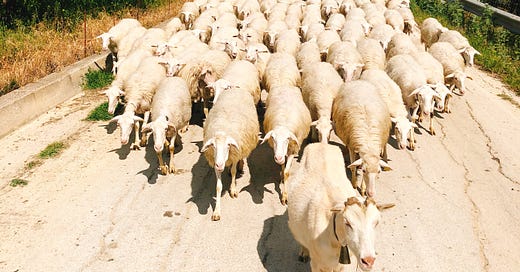


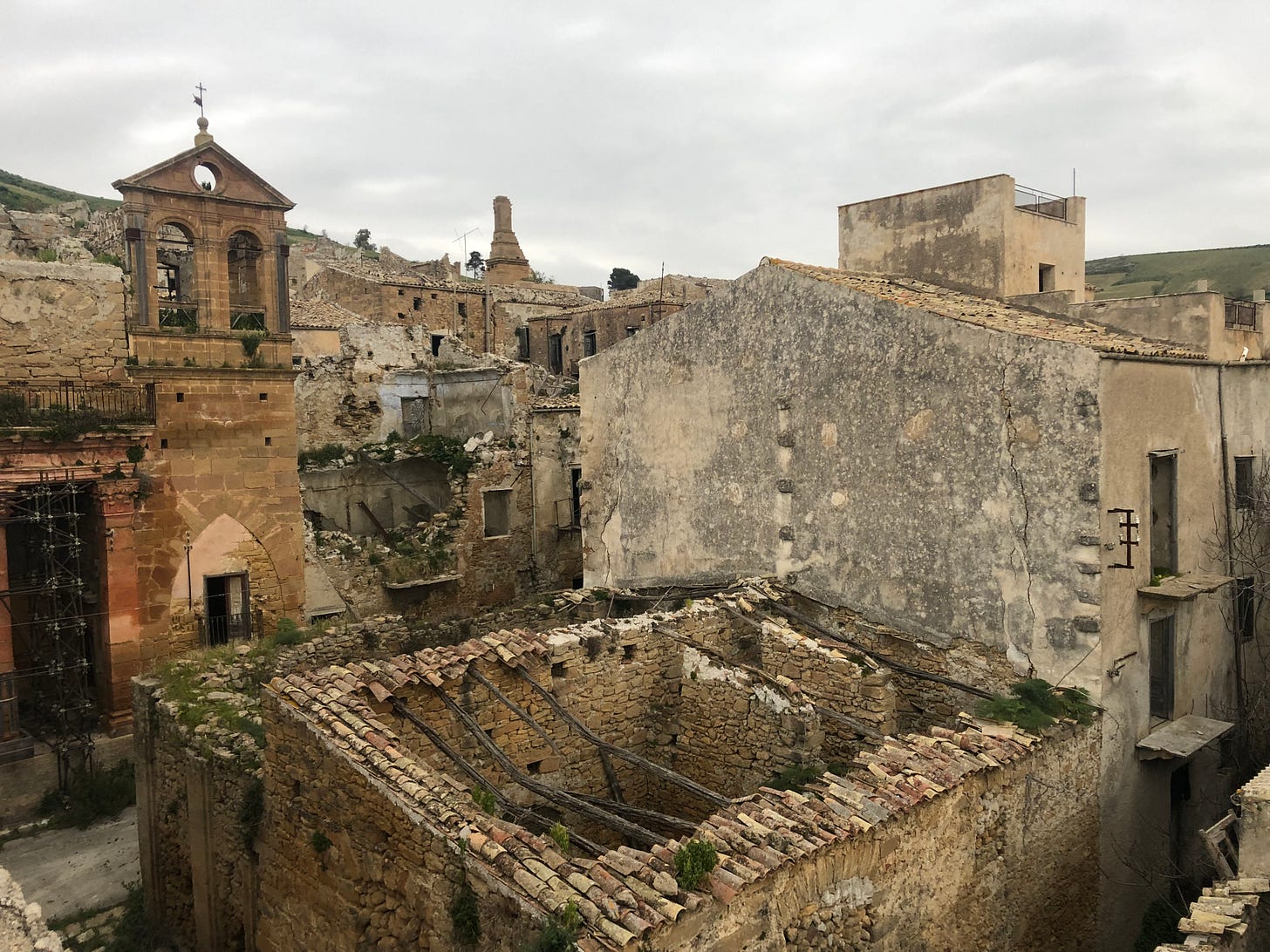

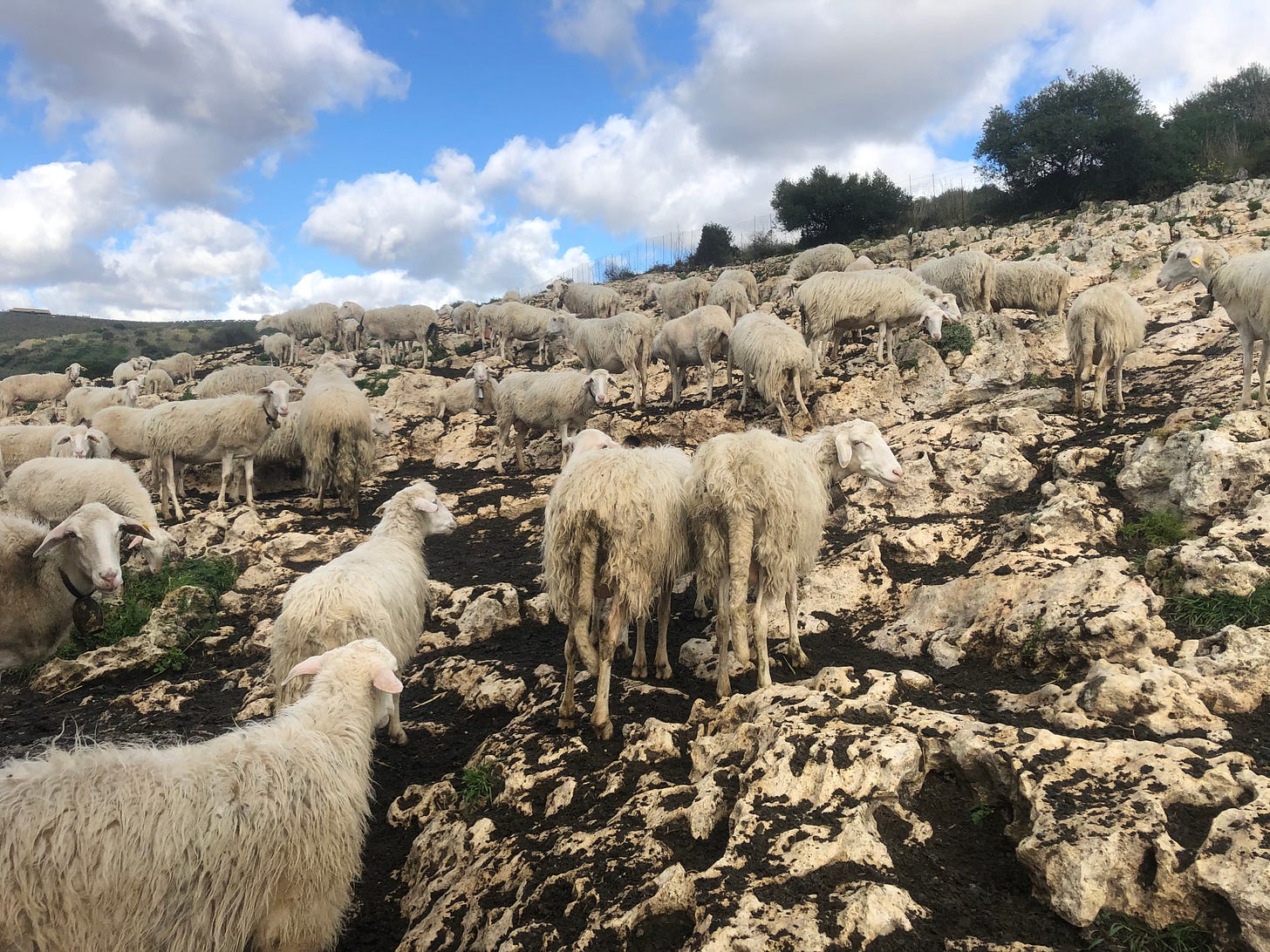
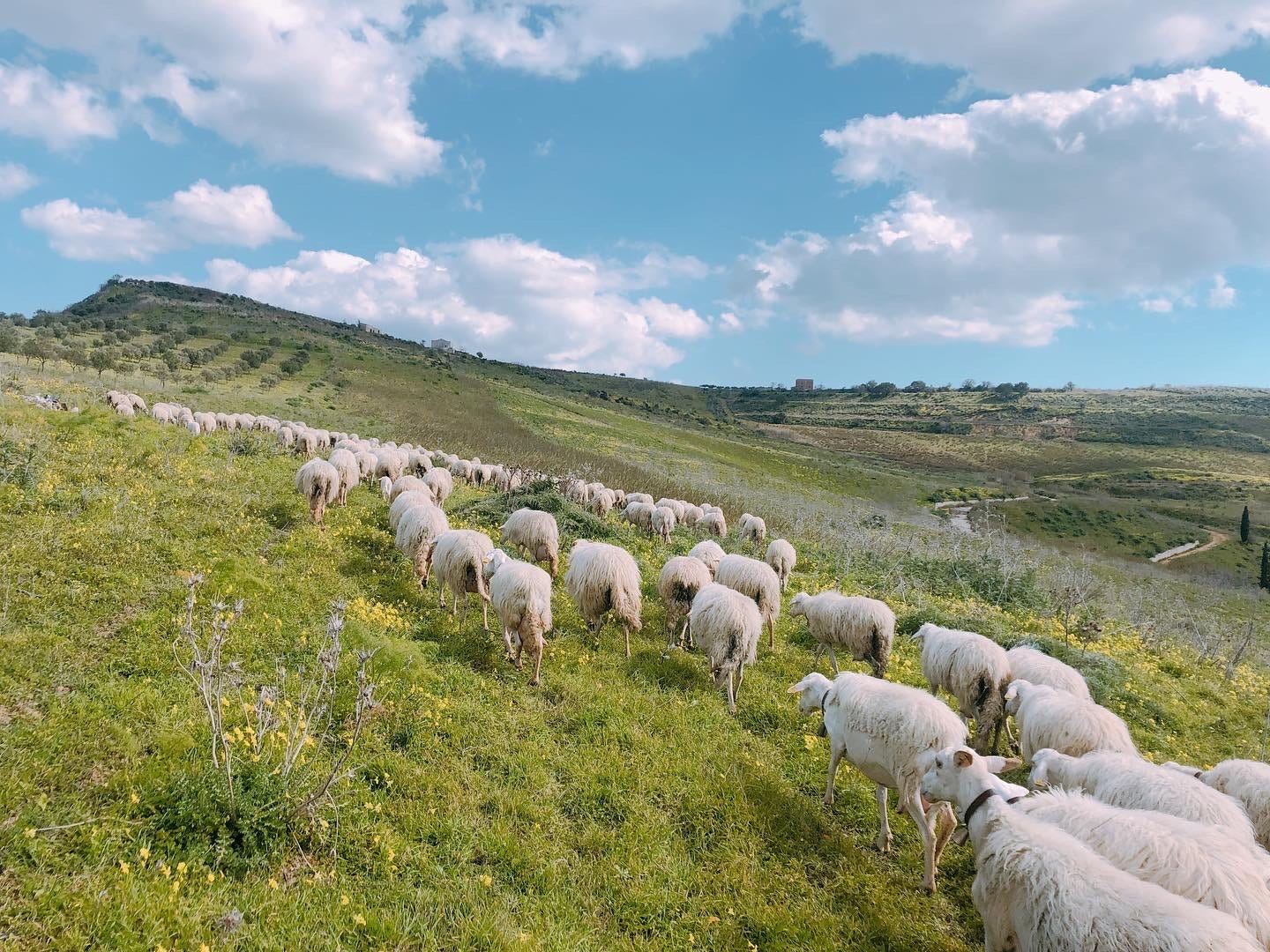
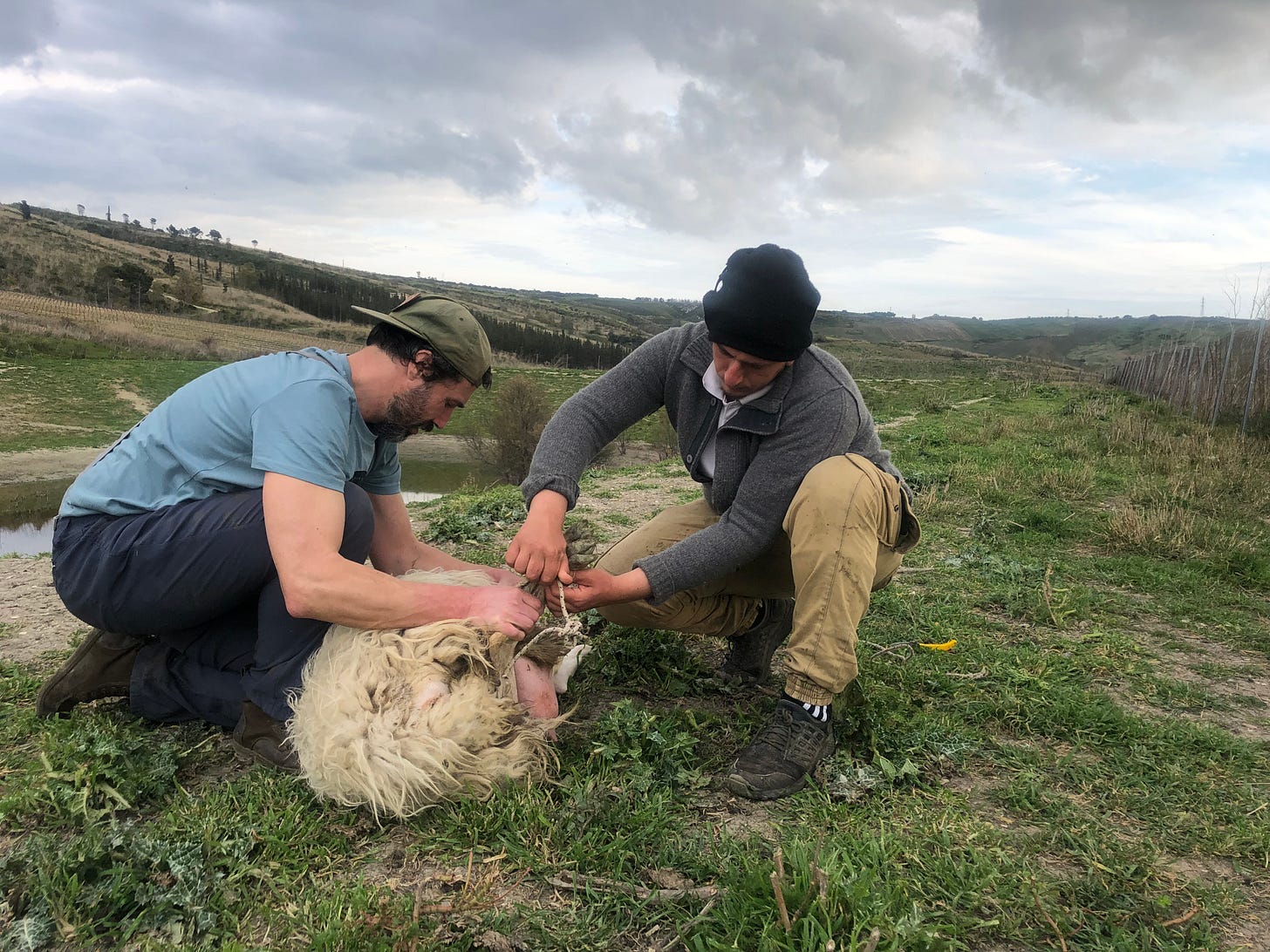
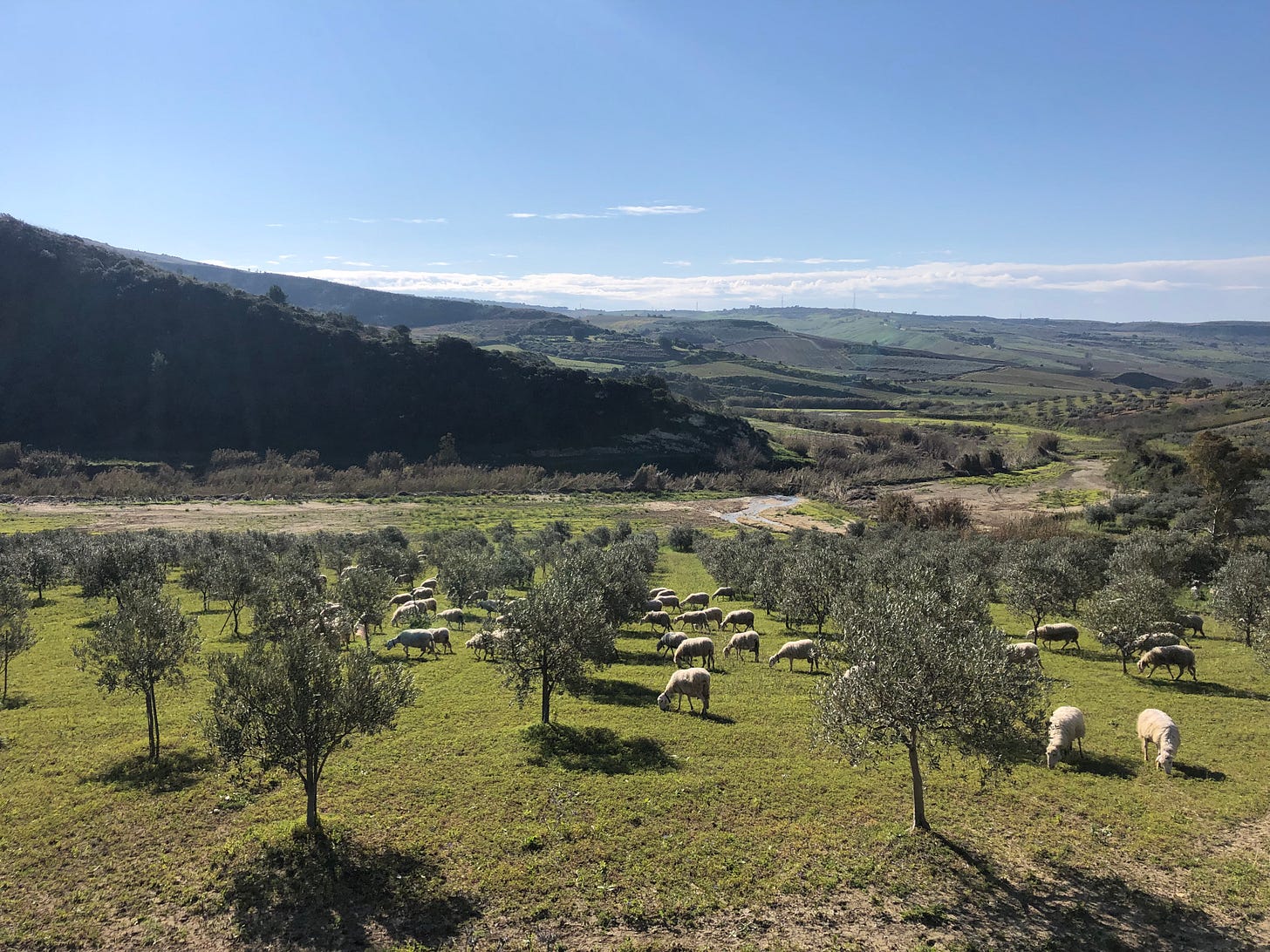
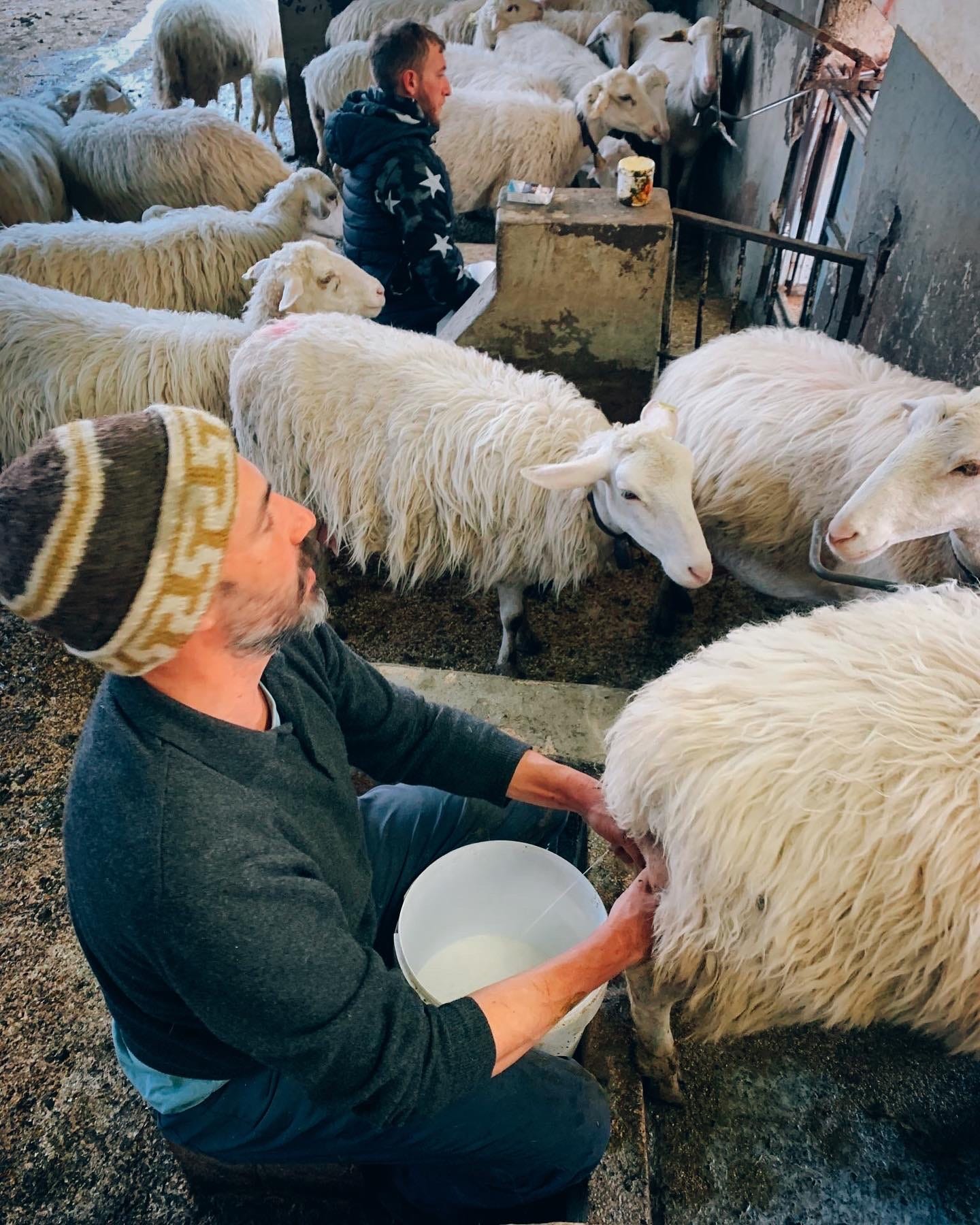
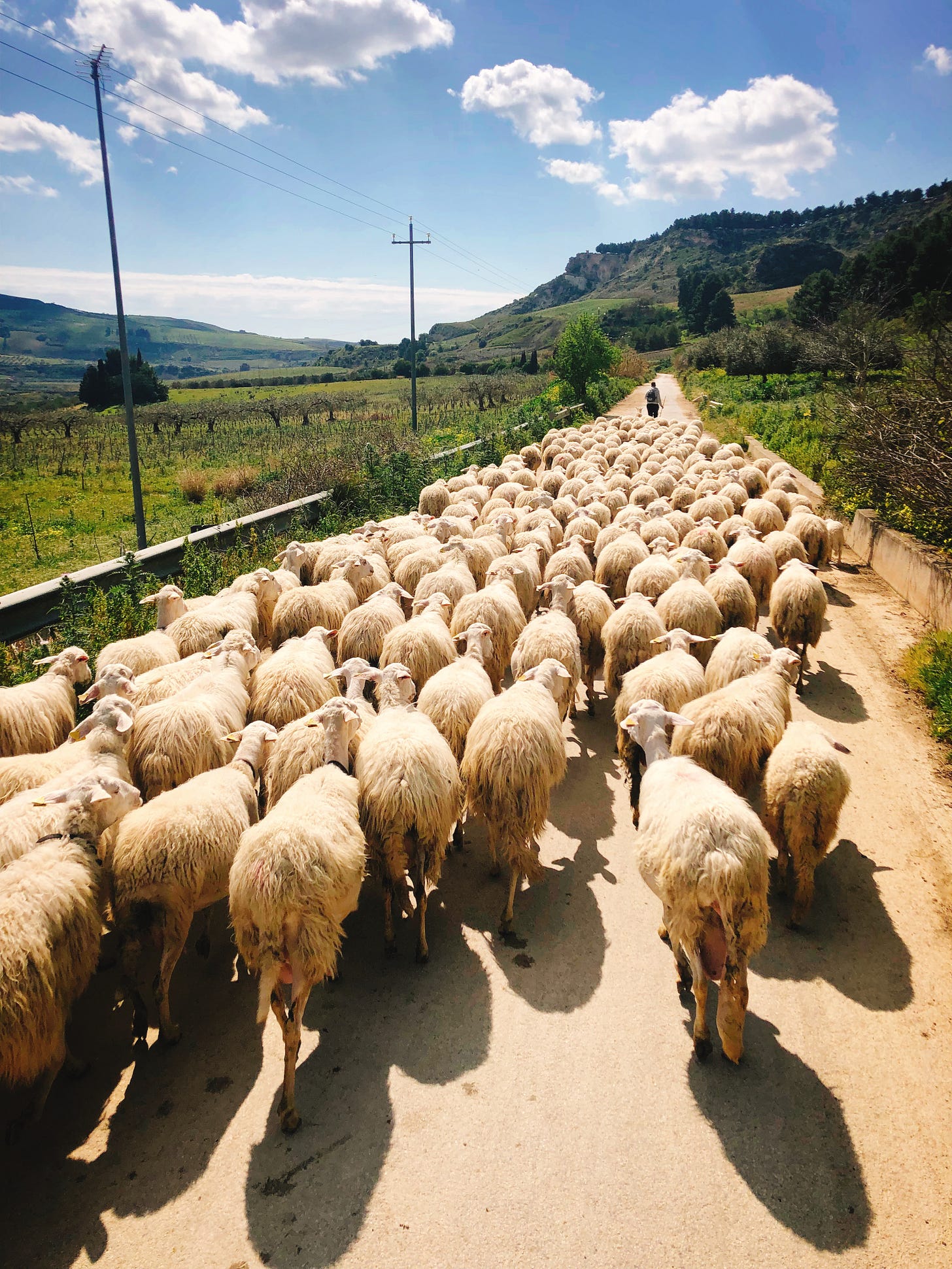
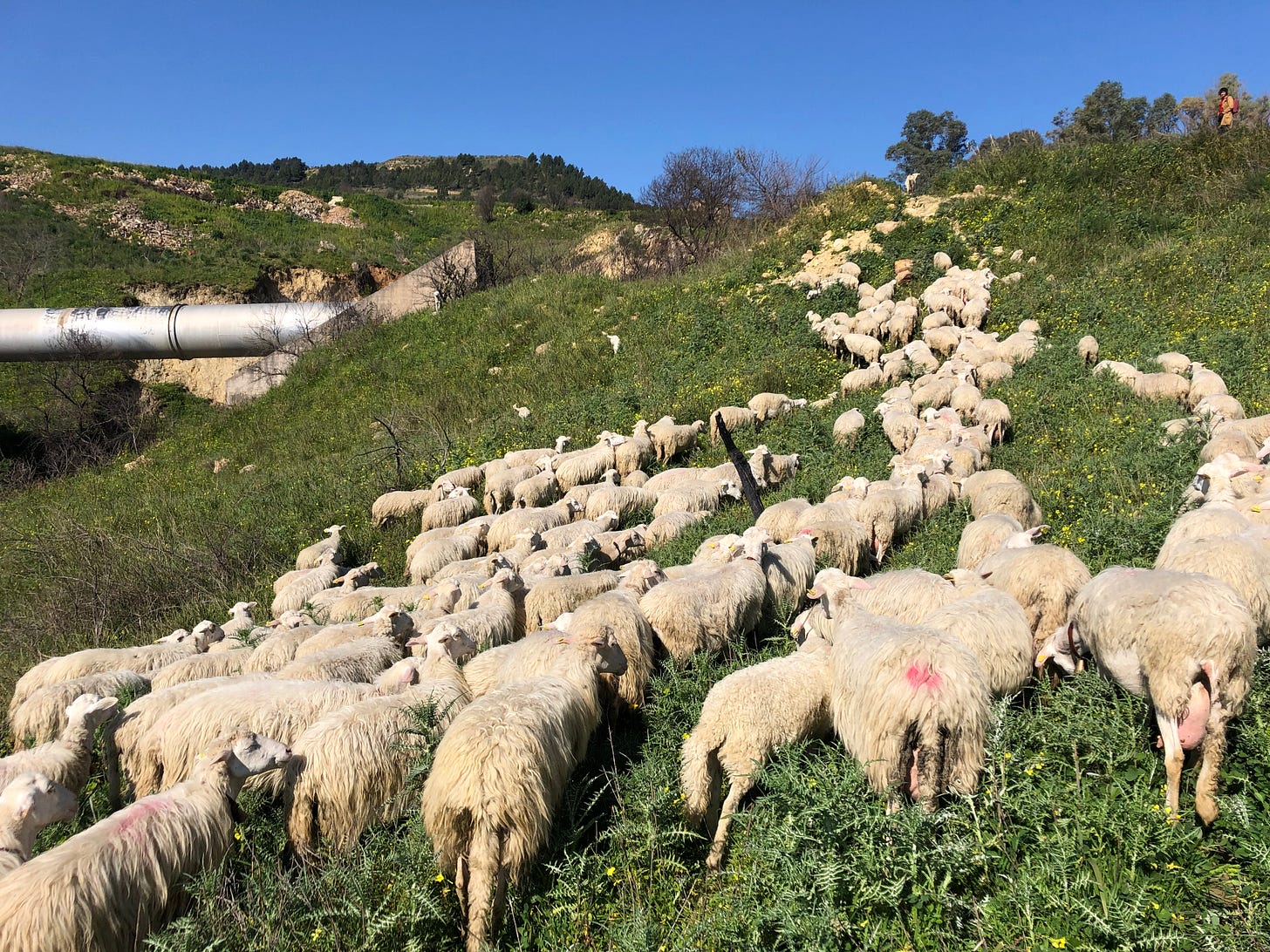

I enjoyed this visit, I am a shepherd with a small flock of mixed breeds. What I find interesting as I follow them around is that they seem to graze an area and then on their own (me following) they will go to a different area and not return to the original for perhaps a week. As if they know it needs a rest?